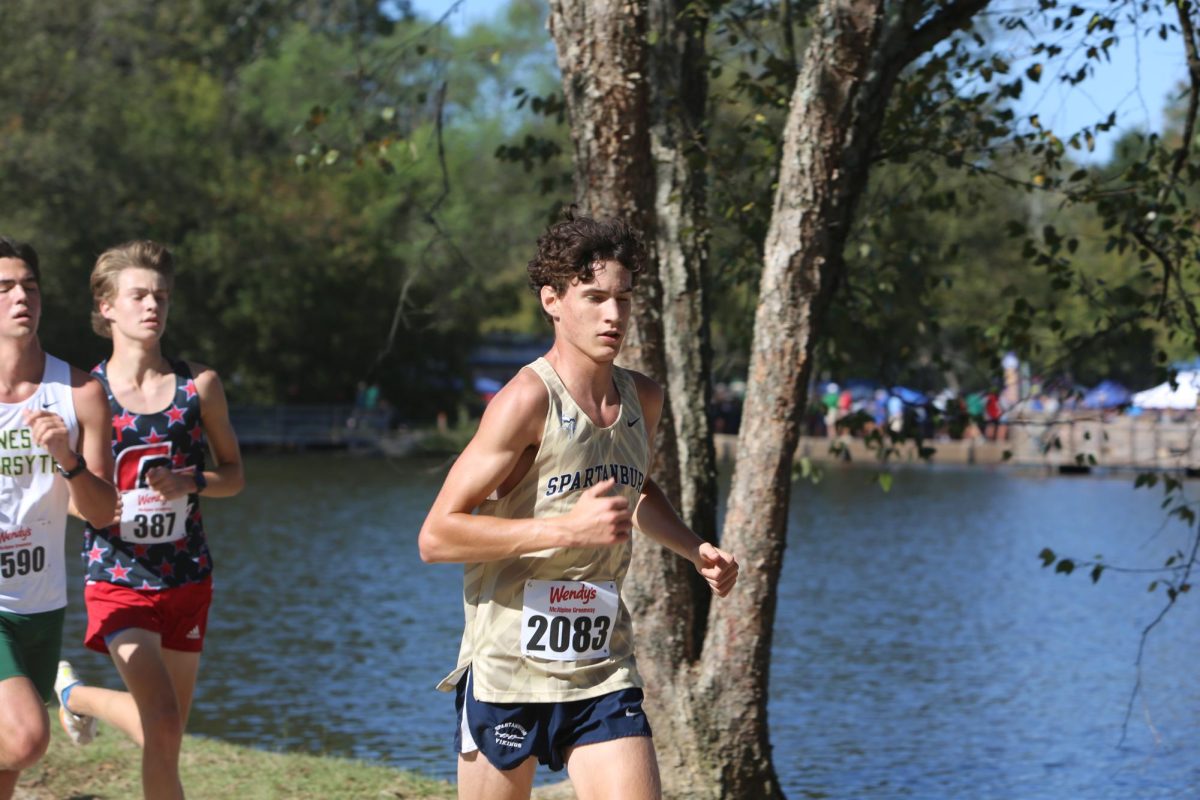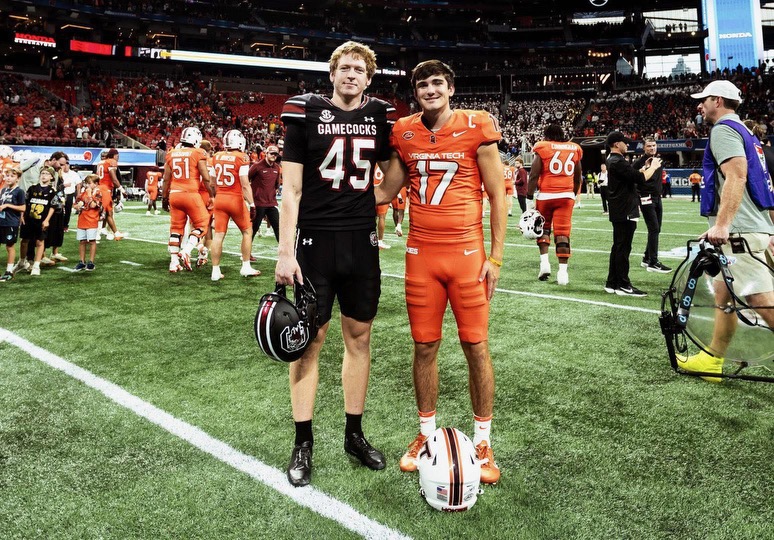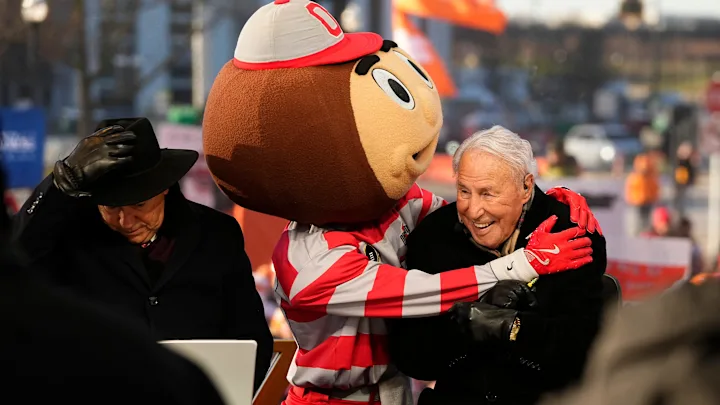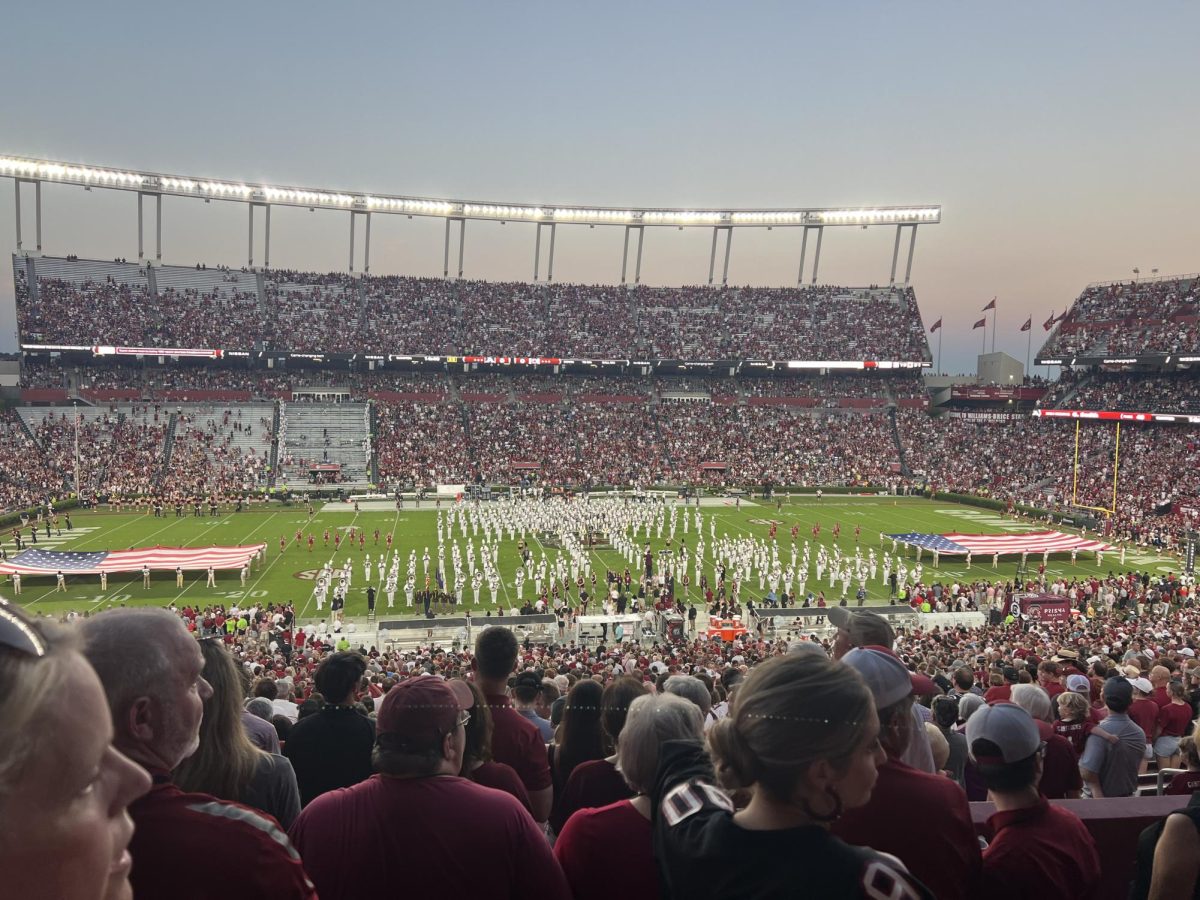Each sport, whether it uses a ball or a puck, is played indoors or outdoors or can be played for free or costs hundreds to participate in, has unique aspects that sets it apart from the rest. Among these diverse pastimes, cross-country stands out as perhaps being the most distinctly unique.
Sports such as basketball, football, soccer and countless others require teamwork and cooperation from each athlete in order for the team as a whole to succeed. While cross-country certainly does retain values of teamwork between each runner, it is significantly more individual-based than most other sports. Each runner competes with other athletes to not only place as high as they can within the race, but to also finish as quickly as they can and earn a personal best. Teams acquire points from the placement of each of their top five runners, making each spot count. The independent nature of the sport makes teams less antagonistic to one another and more cooperative towards a common goal of improvement.
Benjamin Schafer (9) is a member of the Spartanburg High Cross-Country team and loves the challenge that the sport brings.
“I think that the fact that cross-country doesn’t have breaks makes it special from other sports,”Schafer said.
Unlike other sports, requiring hundreds of dollars worth of equipment, the only item that is truly vital to a runner’s success is a pair of shoes. Though many runners own an extensive wardrobe of their favorite shorts, shirts, socks and even hats, a good pair of shoes is all that is required. While specialized running shoes from brands such as Nike, New Balance or Hoka may boost improvement and overall performance, any old pair of sneakers can be used to participate in the sport. Cross-country’s frugal nature makes it perfect for anyone not wanting to spend the hundreds of dollars that other sports require.
Silas Crosland (10) is a varsity runner and has improved his performance in the 5K to a personal best of 17 minutes and 46 seconds.
“I think that cross-country is a great sport because there is no cheating it; if I want to do well, then I have to put in the work,” Crosland said.
Cross-country’s area of competition may be what sets it furthest apart from other sports. Most sports have a certain terrain, specific location or designated dimensions that the playing field must be conducted, such as hockey on its ice rink or soccer on its regular competition field. Cross-country is competed with very minimal restraint to the parameters that courses must follow to be considered eligible. The only common attribute that most cross-country races hold with another is their length, with most high school races being five kilometers. Apart from this one specification, cross-country courses vary greatly from one another in terrain, ranging from hard surfaces such as road to soft dirt and sand. These courses can wind through a forest, span across a large open field, or even weave through the streets of a neighborhood.
Jack Todd, the Head Coach of Cross-Country and Distance Track at Spartanburg High, has had experience coaching athletes for over 20 years and has even coached on the national level for the United States Blind Track & Field Team.
“Perhaps the best thing that delineates cross-country from other sports is that it is the perfect blend of individual effort that requires a team of five individuals to score,” Todd said.









